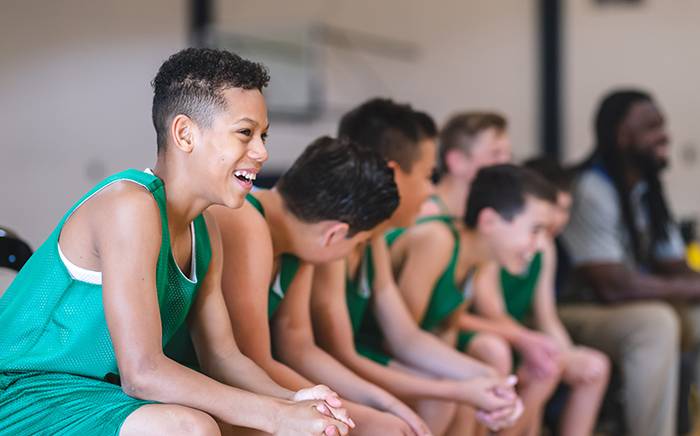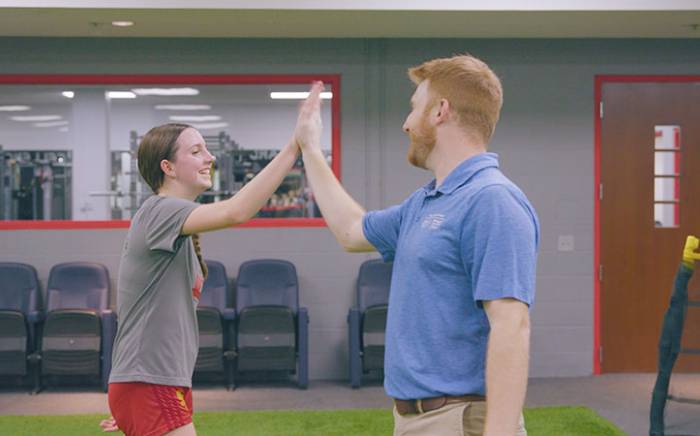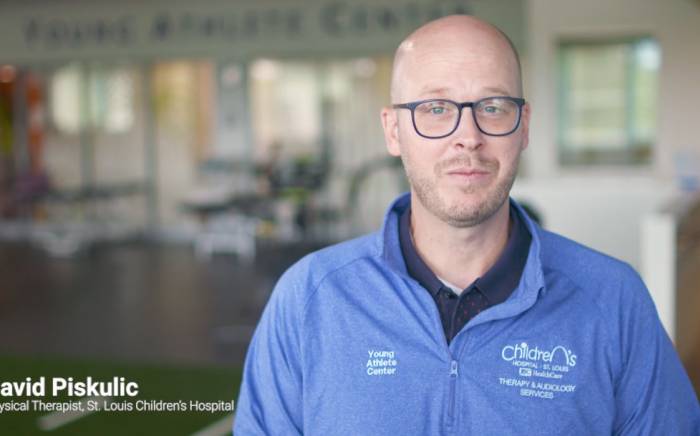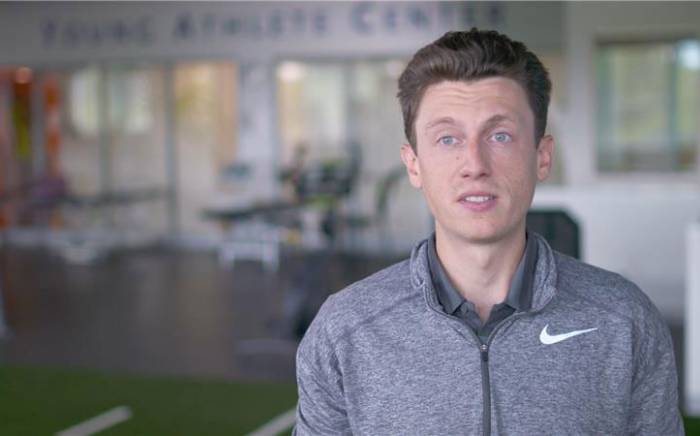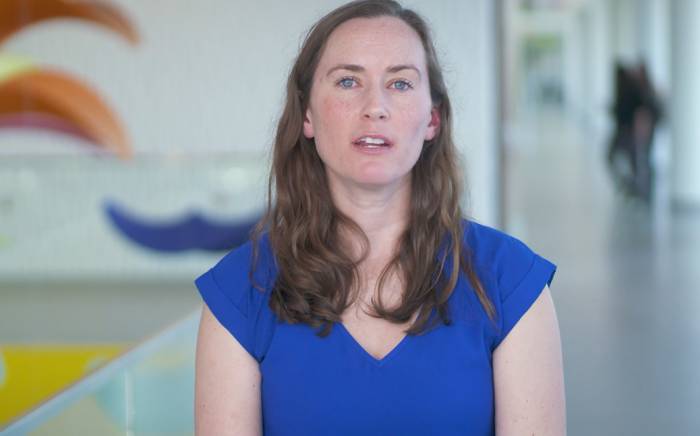“If you are a parent on the sidelines of a middle school soccer game, chances are good that at least one of the players suffers from Osgood-Schlatter disease,” says Scott J. Luhmann, MD, Washington University pediatric orthopedic surgeon at St. Louis Children’s Hospital. “It’s extremely common in the 11-to-14-year-old age group and is most often seen in young athletes who play games or sports that involve running and jumping.”
Even though it sounds a bit ominous, Osgood-Schlatter disease is a common overuse condition that causes pain and swelling below the knee in growing children and adolescents.
According to Dr. Luhmann, the condition coincides with the rapid growth spurt of adolescence when bones are typically growing faster than muscles and tendons. As a result, muscles and tendons have a tendency to become tight—which in turn increases the tensile forces during running and jumping.
“Any activity that places repeated excessive force on an already-tighter-than-normal patellar tendon can lead to pain, inflammation or a bony overgrowth at the top of the tibia bone, just below the kneecap,” Dr. Luhmann says.
This pain, inflammation and bony protuberance characterize Osgood-Schlatter disease. While each adolescent experiences symptoms differently, the most common symptoms are tenderness and/or swelling just below the knee and limping—particularly following jumping activities.
“Osgood-Schlatter occurs more frequently in boys than girls, and it can affect one or both knees at the same time,” Dr. Luhmann says. “In about 30 percent of the cases, both knees are affected.”
Diagnosis requires a complete medical history, physical examination by an orthopedic surgeon and in some cases, x-rays.
“Surgery isn’t necessary to treat Osgood-Schlatter,” says Dr. Luhmann. “The only treatment is time and relative rest—not the complete elimination of athletic activities. I tell patients to decrease intensity, frequency and length of physical activity. The goal is to minimize pain and maximize participation.”
Osgood-Schlatter typically resolves within 18 to 24 months—usually when the growth plate in the bone disappears.
“There is no quick fix,” says Dr. Luhmann. “But reduction in activity, stretching, analgesics and ice as needed can go a long way in keeping a young athlete pain-free while still participating in the activity he or she enjoys.”
Think your child may have Osgood-Schlatter disease? Schedule an appointment with an orthopedic surgeon at St. Louis Children’s Hospital by calling 314.454.KIDS (5437) or toll-free 800.678.KIDS.


